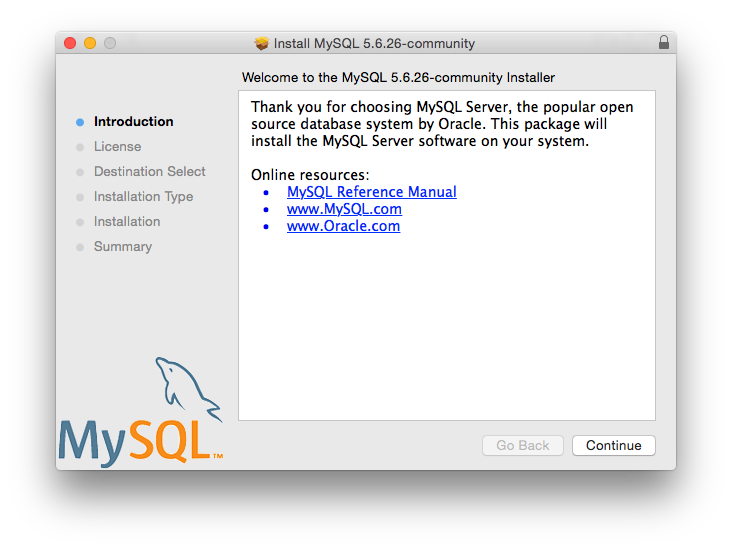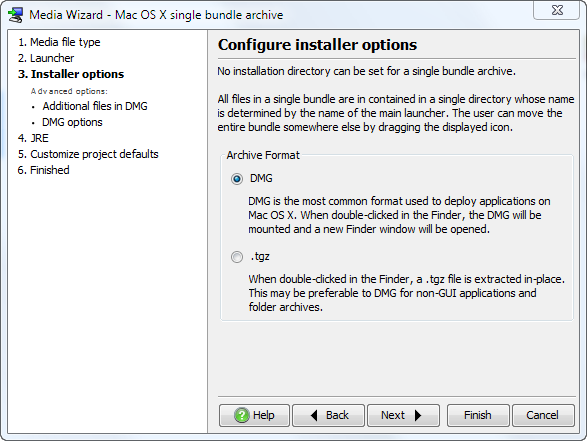DMG should only be taken after consulting with a physician. Then, be sure to follow relevant directions on product labels. Safety and Side Effects of DMG. For a period of time in the 1980s, DMG was ruled by a federal court in Chicago to be a banned substance for interstate sales. The ruling claimed that DMG was an unsafe food additive. Open the start menu and enter cmd.exe into the search box. Now change to the directory with the downloaded AOO, KEYS and PGP/ASC file, import and verify with the following commands: If the signature matches the file it is indicated with an 'Good signature from statement. Dmg (911K) tgz (779K) zip (825K) 1.12 (v7) 26 Apr 2004: Added application icon. Added services menu. Added keyboard navigation in view NRi. Revamped settings interaction (editable popup menus vs. Comboboxes) SSu, NRi. Fixed HTML-like labels not rendering when 510 chars RSc. Tracked main build of 22 Apr 2004. Dmg (882K) tgz (753K) zip. Resulting compressed files can be found named with single extension, e.g. TGZ, TBZ, TXZ, or with double file extension, e.g. TAR.GZ, TAR.BZ2, TAR.XZ. Adding items to a tarball before compression stage is quivalent to using solid compression, which can be beneficial for optimizing output size. Files from Scid vs. PC 'Shane's Chess Information Database' is a huge chess toolkit with extensive database, analysis and chess-playing features.
Hello everyone!
In this post, we discuss whether [Dmg] or [CrtD] is the better weapon modifier for DPS runs. Besides answering this question for high end ISA runs, we also explain which parameter affect the performance of both modifier and under which conditions one is better than the other. [Dmg] outperforms [CrtD] for short high end ISA runs. We also recommend it, as it might be the more future-proof option considering future powercreep.
Approach
First, we want to show which parameters affect the [Dmg] and [CrtD] modifier and then explain which conditions have to be true that one modifier is better than the other. The following calculation applies to both ground and space combat.
For that, we take a look how the damage is calculated:

All base damage buffs are summed up and also all bonus damage buffs are summed up separately. Both sums are then multiplied with each other and with the product of all final multipliers. This means that base and bonus damage buffs are additive whereas final multiplier are multiplicative.
The [Dmg] modifier is a 1.03 final multiplier and [CrtD] is a 0.2 (20%) bonus damage buff applied on a critical hit. In the following, (c_h) refers to the critical hit chance, (c_d) the critical severity and (d_s), (d_b), (d_f) to base, bonus and final damage respectively. The average damage of a weapon including critical hits can be calculated as follows:
(mathcal{D}(c_h, c_d, d_s, d_b, d_f) = c_h((1+d_s)(1+d_b+c_d)*d_f) + (1-c_h)((1+d_s)(1+d_b)d_f) tag{1})Using term 1, we can directly compare [Dmg] and [CrtD]. [Dmg] leads to a higher average damage than [CrtD] (=: [Dmg] (succ) [CrtD] ) if and only if
where (N) is the number of modifiers to compare. Written out, the inequation looks as follows.
(>)
(c_hd_f(1+d_s)(1+d_b+c_d+0.2N) + (1-c_h)(1+d_s)(1+d_b)d_f )
which can be reduced by dividing both terms by (d_f(1+d_s)) (because (d_f > 0), (d_s geq 0)) and applying further transformations ((N > 0), (c_h > 0)):
( (1 + c_hc_d + d_b)/c_h > (0.2N) / (1.03^N -1) tag{2})
Hence, [Dmg] is better than [CrtD] if the inequation 2 is evaluated as true. From this inequation, we can see that the critical chance, critical severity and bonus damage buffs determine whether [Dmg] increases the average damage more than [CrtD] or not. Base damage buffs and other final multipliers (besides the [Dmg] itself) are irrelevant for this comparison.
In the next step, we want to find an upper bound for [CrtD], at which it is safe to say that [Dmg] is superior. Since the performance of critical severity depends on the critical chance, the best case scenario for [CrtD] is a critical chance of 100%. This way we can find out, at which point [Dmg] is better than [CrtD] regardless of the critical chance. Setting the critical chance (c_h) to 100% for the inequation 2 yields:
The right side is a constant value (f_N-1) depending on the number of modifiers (N) to compare. Approximate values of this threshold for different (Nin{1,2,3,4}) are shown in the following table.

| N | 1 | 2 | 3 | 4 |
| (f_N-1) | 566.7% | 556.8% | 547% | 537.4% |
As an example, [Dmg]x4 leads to a higher average damage than [CrtD]x4 regardless of the critical chance, if the sum of the critical severity and bonus damage buffs are greater than ~537.4%.
There are cases, where a player cannot reach this threshold or is unable to maintain it. If the sum of bonus damage buffs and critical severity is less than this threshold, there exists a critical chance (c_h < 100%) where [CrtD] outperforms [Dmg]. To investigate this, we look into different scenarios.

Example Scenario: Minimal Buffs
In this scenario, we consider damage enhancements of a typical space DPS build that are permanent throughout a PvE. Higher critical severity and bonus damage favor [Dmg], so we need to know the minimum value for both that are always guaranteed.
Critical Severity:
- +50% Base
- +40% Skills
- +20% Advanced Targeting Systems
- +20% 4x SROs (at least, Vanguards might have more)
- +15% Colony Deflector (at 100% hull)
- +16% Tactical Fleet III
- +30% Endeavor
- +13.1% Tachyokinetic Converter
- +26.2% Bioneural Infusion Circuits
- +4% Fleet Boost
- +20% Epic weapon modifier
which is a total of 254.3% critical severity.
Figure 1 shows the relation between bonus damage and critical chance for the given critical severity of 254.3%. The green area represents the range in which [Dmg] is better than [CrtD] and the white area the range where [CrtD] is better than [Dmg]. This figure also shows that more bonus damage favors [Dmg]. In this case, a sum of 283.1% bonus damage buffs is required for [Dmg] (succ) [CrtD] regardless of the critical chance.
Example Scenario: ISA
With the formula provided in the last section, [Dmg] (succ) [CrtD] can be answered for any case by simply entering the critical chance, critical severity and bonus damage of a build. But since most bonus damage buffs come from active abilities, the available bonus damage buffs heavily depend on their usage and uptime. For example, high end ISA runs can be completed in under 30 seconds. Therefore short duration abilities like Go Down Fighting have a high uptime due to the shortness of such runs. We also know that the critical chance can exceed 80% in those runs. First, we look at permanent bonus damage increases:
- +40% Tactical Fleet III
- +7.5% Improved * Training
- +10% Fleet Coordinator
- +9.5% Controlled Countermeasurements
- +10% Emergency Power to Weapons I (up to 16.6 for rank 3)
Total: 77%
Most bonus damage increases come from abilities, so we have to count them in dynamically. Download avast antivirus for windows 10 32 bit. To name some important buffs:
- +50% Go Down Fighting
- +20-50% Narrow Sensor Bands
- +40% Dynamic Power Redistributor
- +25% Domino (semi-permanent)
- +49.8% Alpha
- +30% Mixed Armaments Synergy I
For ~30s ISA runs, we can a assume a 100% uptime from the sides to the end for Alpha, Dynamic and Domino, which is another 114 bonus damage. Furthermore, Alpha provides an additional ~50% critical severity when it’s active. Scattering field and frenzy provide additional 67% bonus damage.
Figure 2 shows the same relation as Figure 1 for a high end ISA run with a critical severity of 304.1%. The red marker shows the minimum number of bonus damage for the entire ISA after the initial wave. The bonus damage is even higher when using additional buffs like Narrow Sensor Bands and Mixed Armaments Synergy. In this case, [Dmg] outperforms [CrtD] regardless of the critical chance.
Dng Vs Tiff

Conclusions
- [Dmg] vs [CrtD] depends on the critical chance, critical severity and bonus damage. Base damage increases and other final multipliers (besides the [Dmg] itself) are irrelevant.
- For high end ISA runs, [Dmg] is better than [CrtD].
- [Dmg]x4 is better than [CrtD]x4 if the sum of bonus damage and critical severity is greater than 537.4% (or 547% for three mods, 556.8% for two mods and 566.7% for one mod).
Dmg Vs Tmg
~ [email protected]